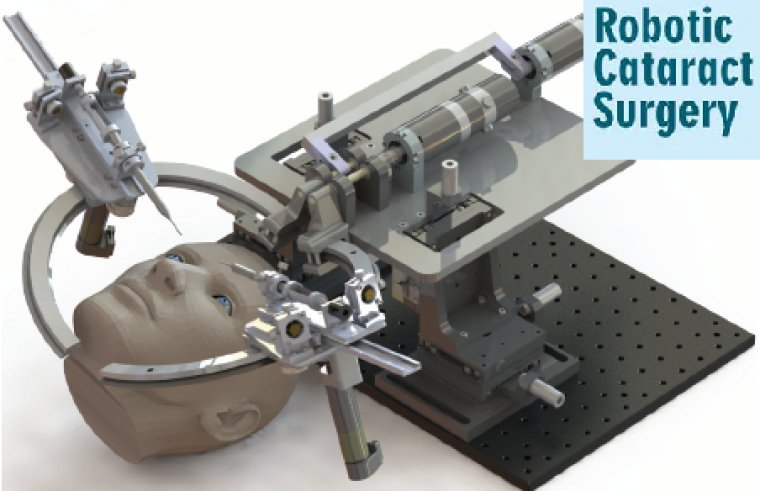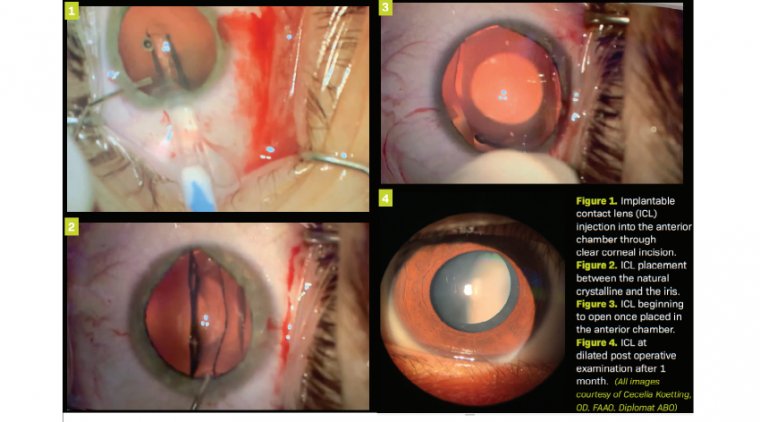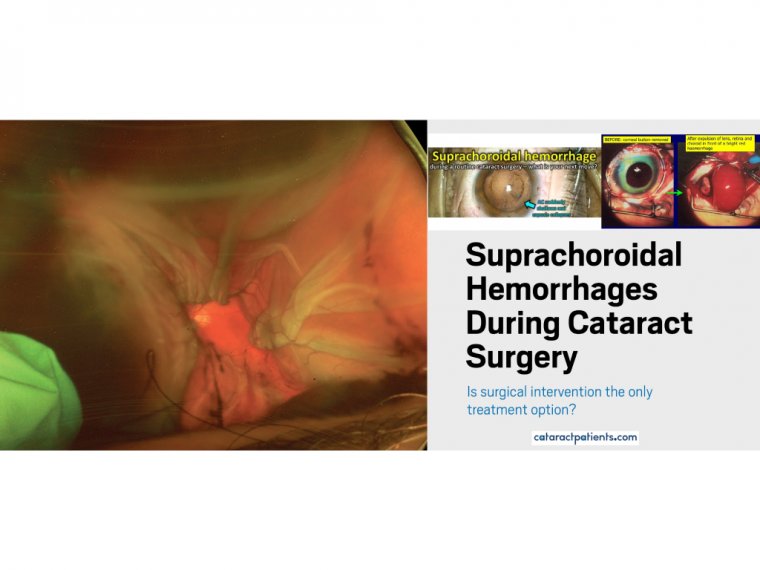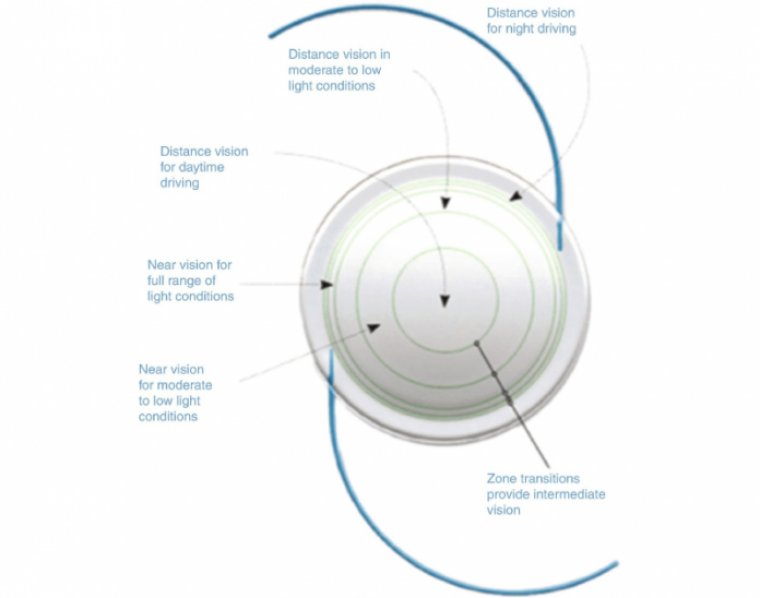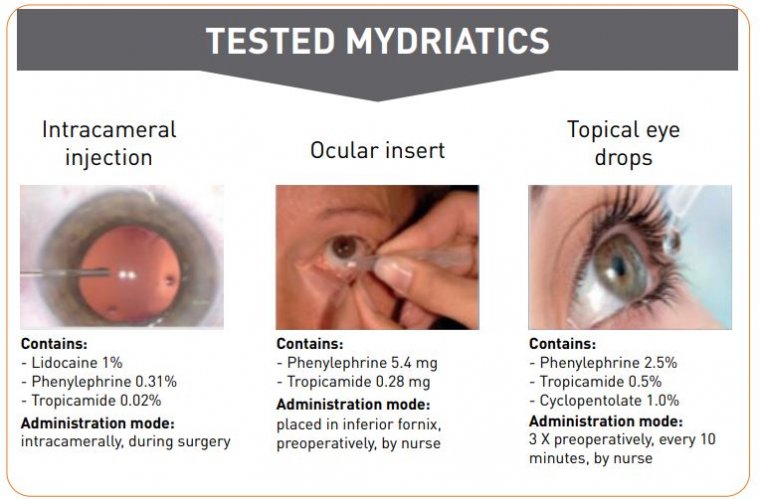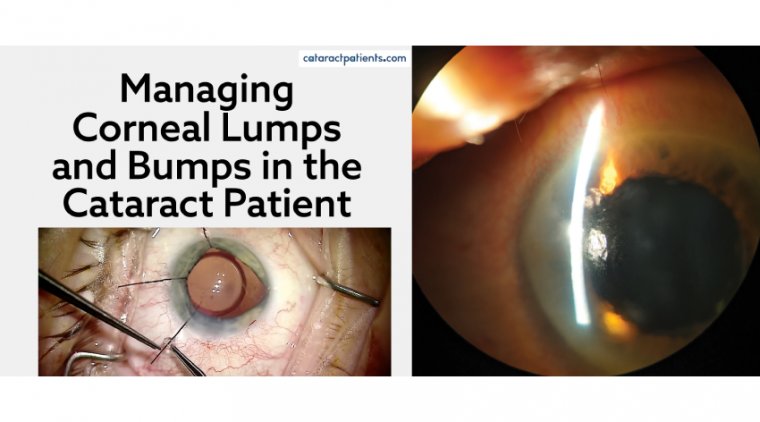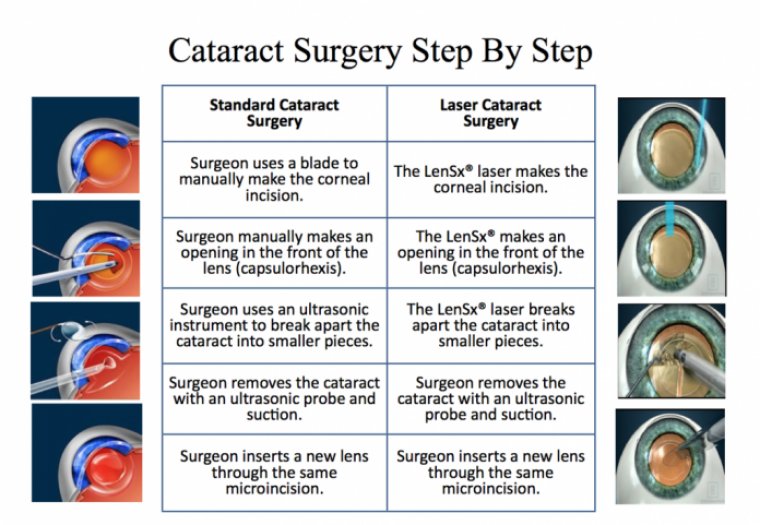
Information for Cataract Patients Undergoing Surgery
The Cataract
Your eye surgeon has recommended cataract surgery because the lens in your eye has become cloudy making it difficult for you to see well enough to carry out your usual daily activities.
If the cataract is not removed, your vision may stay the same, but it will probably gradually get worse. Waiting for a longer period of time is unlikely to make the operation more difficult, unless your eyesight becomes so poor that all you can see is light and dark.
The Operation
The purpose of the operation is to replace the cloudy lens (cataract) with a plastic lens (implant) inside your eye.
- An experienced eye surgeon will carry out the operation or may supervise a doctor in training who also performs some operations.
- Please do not wear any face or eye makeup on the day of surgery
- You will be able to go into theatre wearing your own clothes
- Dentures (if you wear them) need not be removed
- You will come to the Ophthalmic Surgical Unit (OSU) to be prepared for your operation
- In the hour before the operation you will have a series of eye drops instilled to enlarge the pupil. This is in fact a hole in the coloured part of the eye, the iris.
- After this you will be escorted to the anaesthetic room in the theatre where you will be given an anaesthetic to numb the eye. This may consist simply of eye drops or injecting local anaesthetic solution into the tissue surrounding the eye. After the anaesthetic you will not feel any discomfort or pain.
With a local anaesthetic you will be awake during the operation. You will not be able to see what is happening, but you will be aware of a bright light.
You will be escorted to theatre where your operation will take place. A peg will be clipped onto one of your fingers to monitor your pulse. The area around your eye is cleaned and then a light sterile drape will cover your face and chest.
A tube underneath the drape gently blows out some fresh air therefore you will be able to breathe normally.
During the operation you will be asked to keep your head still, and lie as flat as possible.
A member of the nursing staff is usually available to hold your hand during the operation, should you want them to.
The lids of the eye to be operated on, will be held open with a small instrument.
You will be asked to refrain from talking during the operation but you can be assured that a nurse will be present to ensure that you are comfortable.
The operation normally takes 15-20 minutes, but may take up to 45 minutes. Most cataracts are removed by a technique called phacoemulsification, in which the surgeon makes a very small cut in the eye, softens the lens with sound waves and removes the cataract through a small tube.
The back layer of the lens is left behind. An artificial lens (implant) is then inserted to replace the cataract. Sometimes a small stitch is put in the eye. At the end of the operation, a pad or shield may be put over your eye to protect it.
After The Operation
If you have discomfort, we suggest that you take a pain reliever such as paracetamol every 4-6 hours (but not aspirin – this can cause bleeding). It is normal to feel itching, sticky eyelids and mild discomfort for a while after cataract surgery.
Some fluid discharge is common. After a few days even mild discomfort should disappear. In most cases, healing will take upto 6 weeks, after which new glasses can be prescribed by your optician. You will be given eye drops to reduce inflammation.
The hospital staff will explain how and when to use them. Please don’t rub your eye. Certain symptoms could mean that you need prompt treatment, including:
- Excessive pain
- Loss of vision
- Increasing redness of the eye
Likelihood of Better Vision
After the operation you may read or watch TV almost straight away, but your vision may be blurred. The healing eye needs time to adjust so that it can focus properly with the other eye, especially if the other eye has a cataract.
The vast majority of patients have improved eyesight following cataract surgery.
Please note that if you have another condition such as diabetes, glaucoma or agerelated macular degeneration your quality of vision may still be limited even after successful surgery.
Benefits & Risks of Cataract Surgery
The most obvious benefits are greater clarity of vision and improved colour vision. Because lens implants are selected to compensate for existing focusing problems, most people find that their eyesight improves considerably after surgery but you will need to replace your glasses.
Reading glasses are usually needed after cataract surgery.
However, you should be aware that there is a small risk of complications, either during or after the operation.
Some possible complications during the operation
- Tearing of the back part of the lens capsule with disturbance of the gel inside the eye that may sometimes result in reduced vision.
- Loss of all or part of the cataract into the back of the eye requiring a further operation which may require a general anaesthetic.
- Bleeding inside the eye.
Some possible complications after the operation.
- Bruising of the eye or eyelids.
- High pressure inside the eye.
- Clouding of the cornea.
- Incorrect strength or dislocation of the implant.
- Swelling of the retina – macular oedema.
- Detached retina which can lead to loss of sight.
- Infection in the eye – endophthalmitis – which can lead to loss of sight, or even loss of the eye.
- Allergy to the medication used.
- Several complications listed above may result in permanent sight loss.
Complications are rare and in most cases can be treated effectively. In a small proportion of cases, further surgery may be needed. Very rarely some complications can result in blindness.
The most common complication is called ‘posterior capsular opacification’. It may come on gradually after months or years after cataract surgery. When this happens, the back part of the lens capsule, which was left in the eye to support the implant, becomes cloudy.
This prevents light from reaching the retina. To treat this, the eye specialist uses a laser beam to make a small opening in the cloudy membrane in order to improve the eyesight.
This is a painless outpatient procedure which normally takes only a few minutes.
Checklist: One week before cataract surgery
- Ensure that your blood glucose levels are stable if you are diabetic (below 21mmol/l).
- Ensure your blood pressure is below 200/110 if you suffer from high blood pressure.
- Check your warfarin blood levels and ensure these are within the therapeutic range.
- Take all medications as normal upto and including the day of surgery.
- Arrange transport to arrive in time for your appointment.
- You will not be able to drive home yourself so please ensure you have someone with you and a means of transport home.
Checklist: The day before surgery
- Ensure the above are completed.
- You can eat or drink as normal.
- Bring with you a list of your medication. It maybe that the doctor will wish to see this.
- Take your normal medication. If you take warfarin, and you know your levels are abnormal you must ring the department as soon as you can.
- Have the telephone number with you of the person taking you home.
Instructions for the day of surgery
- Report to the reception desk upon arrival to the hospital
- If you are having a local anaesthetic you can have a light meal prior to the surgery.
- You should continue to take all medications for blood pressure, heart problems, asthma and epilepsy with sips of water up to 2 hours prior to surgery. Please bring your daily medications with you (in their original containers) on the day of your operation.
- Leave all jewellery and large sums of money at home. Bring just enough money for a taxi ride home. The hospital assumes no responsibility in the case of loss.
- You will be asked to remove all make-up and hair ornaments. Rings that cannot be removed will be secured with tape. Please remember to bring your contact lens container.
- If you are to have a general anaesthetic, an intravenous drip may be started before your procedure.
- You are NOT TO DRIVE after receiving a general anaesthetic or sedation. You must arrange for a responsible adult to drive you to and from the hospital. You must not operate hazardous machinery, drive a car or sign important documents for 48 hours.
- Wear loose, comfortable clothing.
After your surgery, you may return to the hospital recovery area for a short time, where you will be given something to eat and drink.
After your surgery we would like you to go home and take it easy.
You are NOT to use any eye drops that evening.
Please do not rub or touch the eye.
It is normal for your eye to feel some itching and mild discomfort after surgery.
Some discharge is also common and your eye may be sensitive to lights.
If there is slight discomfort you can use a mild pain reliever (paracetamol).
If you experience a lot of pain or a decrease in your vision, you should contact the hospital. This is not normal.
- Avoid lifting anything over 20 lbs. or 9 kilos in weight for two weeks (Children, groceries etc.).
- Avoid water sports or swimming for two weeks.
- You can have a shower but avoid getting water or soap into the operated eye.
- You can wash your hair by tilting your head backward as at the hairdressers.
- Certain sport activities need to be avoided (i.e. bowling, swimming) for a time, usually 2 weeks.
- If you still work, it will depend upon your job when it would be safe to go back to work. Please discuss with your doctor.
- You may drive if you are legally able to do so. Some patients may need to wait 3-4 weeks until they have new glasses prescribed.
Please discuss any activities you would like to participate in with the doctor.

